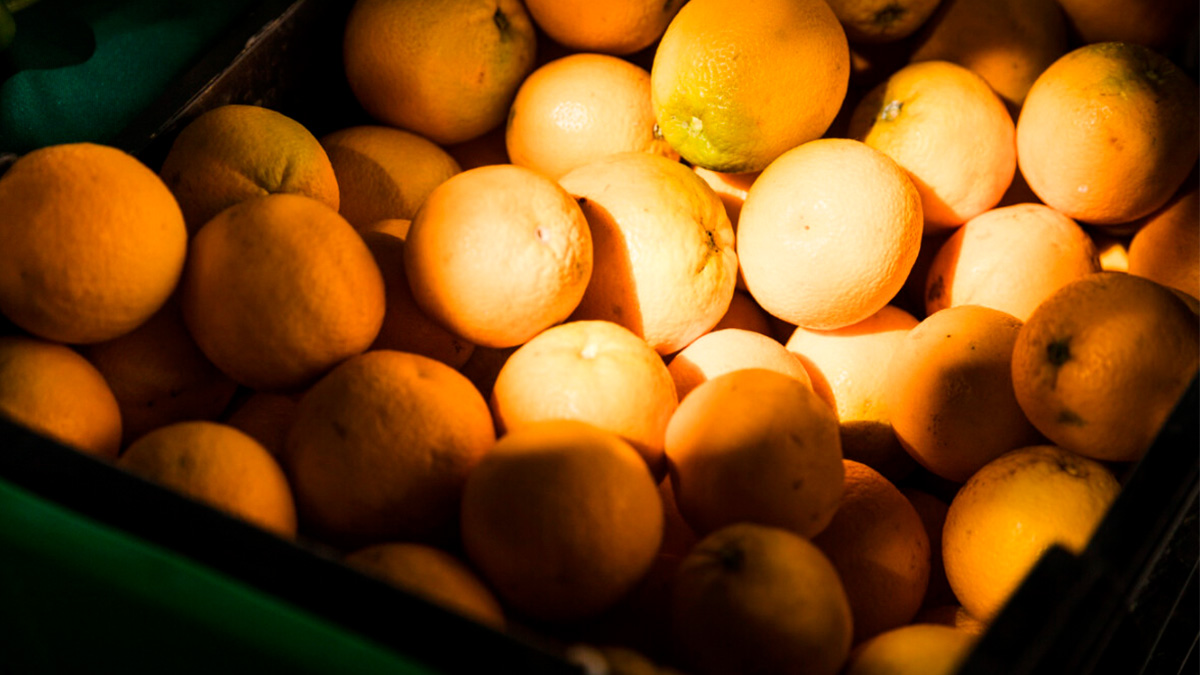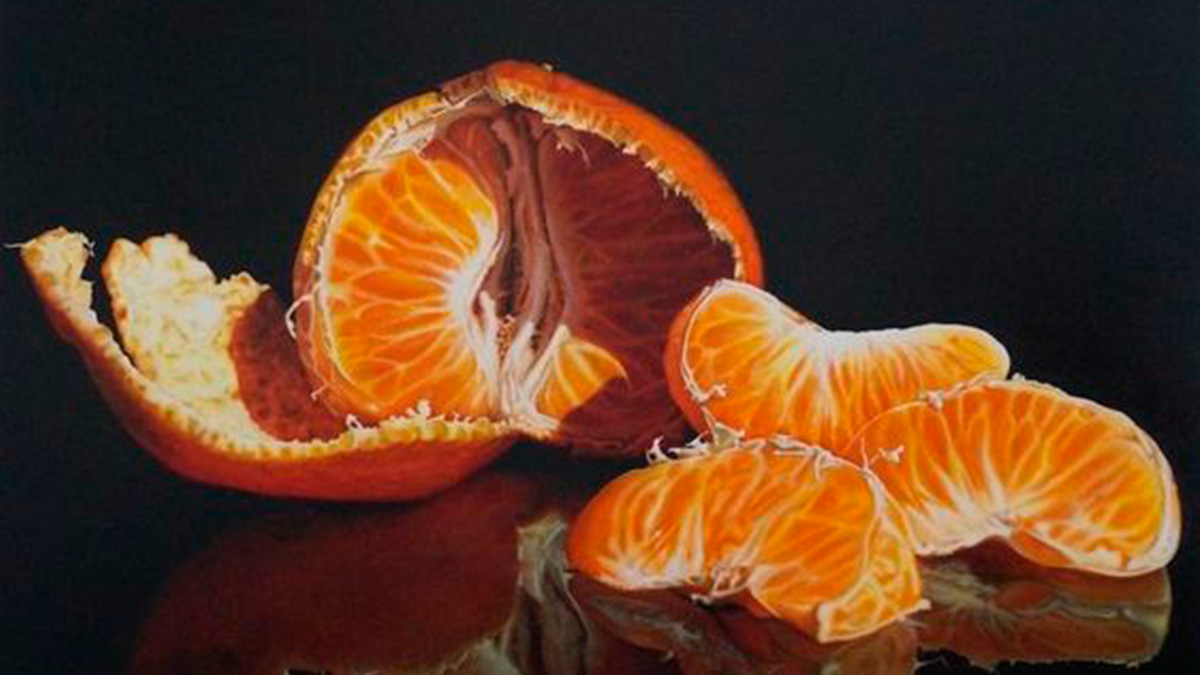Click here to read the Spanish version.
Climate change continues to disrupt crops, food and the global economy. Drought and the spread of diseases, which have severely affected production in Brazil, the world’s leading exporter, are creating an uncertain outlook for soft drink companies.
Orange juice concentrate futures, traded on the Intercontinental Exchange in New York, reached $4.92 per pound last Friday, nearly tripling in value compared to two years ago, following a drastic reduction in the global supply of oranges for juice production.
For beverage companies, which often use the futures market to hedge against price fluctuations, the situation is extremely critical, as Expana analyst Harry Campbell explains: ‘Costs are rising and they don’t know how to deal with this crisis.
Lower production
In May, Fundecitrus, an association of citrus growers and juice companies based in São Paulo, predicted that Brazil’s orange crop would be the lowest in 35 years, with yields almost 25 per cent lower than last year.
However, that pessimistic forecast could be outdated due to current conditions. Brazil is going through the worst drought in five decades, with low rainfall in the main citrus-growing areas for the last four months, a crucial period for crop development. In addition, meteorologists predict that the next rainy season, which usually starts in late September, will be delayed this year. The lowest crop in 35 years, together with increased citrus greening and drought, have created a perfect storm that has strained the market,’ says Andrés Padilla, an analyst at Rabobank.
Two decades ago, citrus greening, a disease spread by psyllids, began to devastate orange groves in Florida, the main citrus-growing region in the United States. Today, the disease is spreading in Brazil. Renato Bassanezi, a researcher at Fundecitrus, says that by 2023, 38% of Brazilian orange trees were showing symptoms of the disease, with the highest psyllid population recorded since 2004.
Although efforts to combat the disease have been intensified, such as more efficient use of insecticides, the damage in many orchards is already irreversible. Infected trees have lower yields and their productivity continues to decline as the disease progresses. In addition, fruits fall earlier than expected and the resulting juice is of lower quality, Bassanezi concludes.


